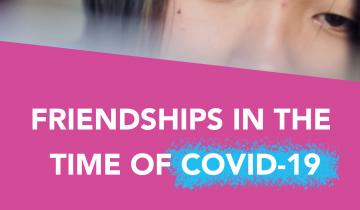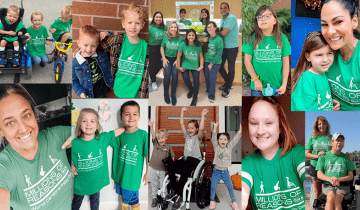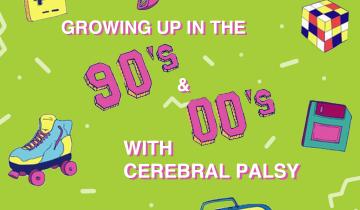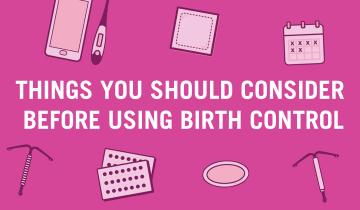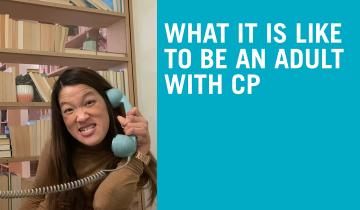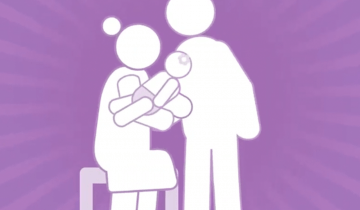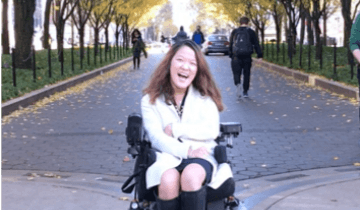One of the hardest moments during quarantine for me was when my apartment building announced its gym was closing to prevent the spread of coronavirus. As the outside gyms closed all around the city in the weeks prior, I felt grateful that the one in my building was open. The gym was the lasting lifeline to my sanity, and to have that yanked away from me, I felt lost.


